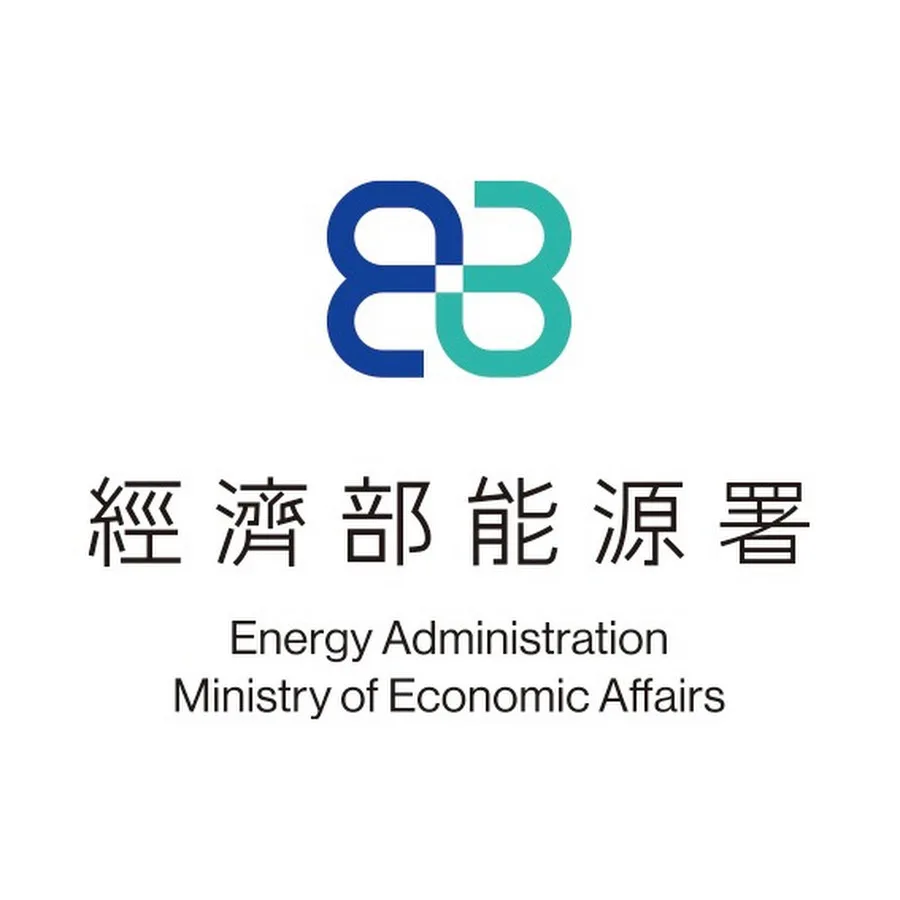Inter-Ministerial Effort to Strengthen Mechanisms for Balanced Development of Fishery-Electricity Symbiosis and Renewable Energy
Inter-Ministerial Effort to Strengthen Mechanisms for Balanced Development of Fishery-Electricity Symbiosis and Renewable Energy

The Energy Administration under MOEA (MOEAEA), responded to recent media reports alleging "solar power without fish" in fishery-electricity symbiosis projects. The MOEAEA emphasized that the policy is advanced under the principle of "aquaculture first, with renewable energy as added value." If inspections reveal poor aquaculture practices, the Fisheries Agency will work with local governments to guide project operators in ensuring proper aquaculture operations; if no improvement is made, installation permits will be revoked. The MOEAEA has also strengthened inter-ministerial mechanisms: indoor projects must first obtain renewable energy approval, while outdoor projects are required to submit proof of aquaculture operations before being allowed grid connection or an electricity license, ensuring that aquaculture and renewable energy development progress in parallel.
The MOEAEA explained that after a project is completed and connected to the grid, agricultural authorities will conduct periodic inspections based on the aquaculture business plan and the "Reference Guidelines for Verifying Aquaculture in Fishery-Electricity Symbiosis Projects." The Fisheries Agency and local agricultural units are responsible for reviewing permits and verifying actual aquaculture operations, while the Fisheries Research Institute assists in training inspectors and establishing technology-assisted verification systems. The MOEA and energy authorities oversee power generation inspections and track commitments related to environmental and social compliance. If inspections find discrepancies in aquaculture practices, the Fisheries Agency will cooperate with local governments to issue correction orders and provide guidance to ensure operations align with the approved business plan. The MOEAEA also requires project operators to accelerate corrections to match actual aquaculture conditions.
The MOEAEA further explained that in the past, agricultural and electricity permits for fishery-electricity symbiosis projects were handled separately by the Ministry of Agriculture (MOA) and MOEA. Once power generation facilities meet grid connection safety standards at the completion stage, applicants may coordinate with Taipower to apply for grid connection. To ensure the principle of "aquaculture first, with renewable energy as added value" is implemented, MOEA and the MOA have convened local governments to refine relevant mechanisms. For indoor fishery-electricity symbiosis projects, agricultural authorities will review photovoltaic and electromechanical facilities during the agricultural permit process, and operators must demonstrate actual aquaculture activities and obtain renewable energy permits before proceeding with grid-connected power generation in accordance with Taipower's revised Distribution-Level Renewable Energy Grid Connection Manual. For outdoor projects, operators must provide proof of aquaculture performance within six months after grid connection to be approved for an electricity license. For projects that were connected to the grid prior to the regulatory amendments but have not yet obtained renewable energy permits, the MOEAEA will continue to assist operators in securing the required permits based on the same principles.
The MOEAEA emphasized that to ensure the actual aquaculture activities of fishery-electricity symbiosis operators, it will continue working closely with the MOA to strengthen oversight throughout the review, operation, and inspection stages, fostering a positive development environment.
